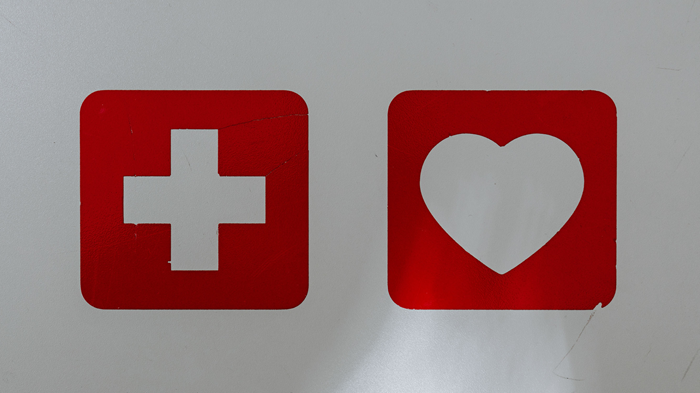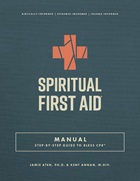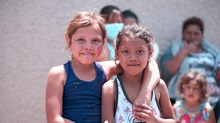Why We’re All Spiritual First Responders

Whether you’re a working professional with Zoom burnout, just trying to make it through an unexpected year of virtual school, or fighting off depression due to 10 months of isolation, we’re all pandemic survivors right now—whether we’ve contracted COVID-19 or not.
And that means we’ve all been affected mentally, bodily, and spiritually by this worldwide humanitarian disaster.
Along with many other researchers, we at the Humanitarian Disaster Institute have found meaning-making—the ability to find meaning in suffering—to be a key component in resilience when it comes to disaster recovery.
We have also found, however, that a lot of churches have not connected the dots between their theology and how they respond to COVID-19. This is important; some scientists have even referred to spiritual care as a ‘deeper immunity’ against COVID. It’s that powerful, for both prevention and recovery. We know that people can experience less distress when they receive spiritual support from people in their church or community.
With this in mind, as the country’s first faith-based academic disaster research center, we’ve developed a certificate course to provide in-depth training in our Biblically-based, research-based Spiritual First Aid peer-to-peer intervention. Grounded in humility and practical presence, Spiritual First Aid helps people positively engage their faith in ways our research has shown reduce distress during times of adversity.
Specifically, this method helps reduce distress by identifying and providing for what we have come to call the five core needs: needs relating to belonging, livelihood, emotions, safety, and spirituality.
Our goal is to help you pivot your church’s ongoing ministry efforts in new ways that address the needs created by COVID-19. Spiritual First Aid is based on our team’s disaster psychology of religion/spirituality research and the disaster ministry work we have conducted around the globe over the last 15 years on public health emergencies such as the Ebola outbreak, natural disasters, mass shootings, and humanitarian crises ranging from the Syrian refugee crisis to the Botswana drought.
COVID-19 creates a host of challenging questions about how best to help. That is why we wanted to create a resource for this moment and time, and for future generations—thoughts, tips, and tools on helping remotely, while staying at home. For example, here are five practical tips for doing so from our course:
Helping Remotely While Socially Distancing: Maximizing Remote Care
Everyone feels connection in a different way. While there is no perfect formula for how you should connect with people or how often you should connect, here are some tips to try:
- When possible, provide both audible and visual support, because it has been found to increase the likelihood of the other person feeling more socially satisfied.
- Remind yourself and the person you are helping that it is normal to feel stressed or annoyed when sound delays interrupt communications or lead to feeling like you have to keep repeating yourself.
- Be aware that using technology can sometimes make it hard to draw boundaries in the helping relationship (e.g., unclear of when socializing should end).
- Try to avoid feeling pressured to fill silences or pauses in the conversation.
- When helping others who might report significant social anxiety, ask them if being able to turn off the video camera might help.
For more tips like this, plus a comprehensive plan for addressing the five core needs as identified by our team, check out the HDI Spiritual First Aid Online Training & Certificate Course.
The Better Samaritan is a part of CT's
Blog Forum. Support the work of CT.
Subscribe and get one year free.
The views of the blogger do not necessarily reflect those of Christianity Today.






















